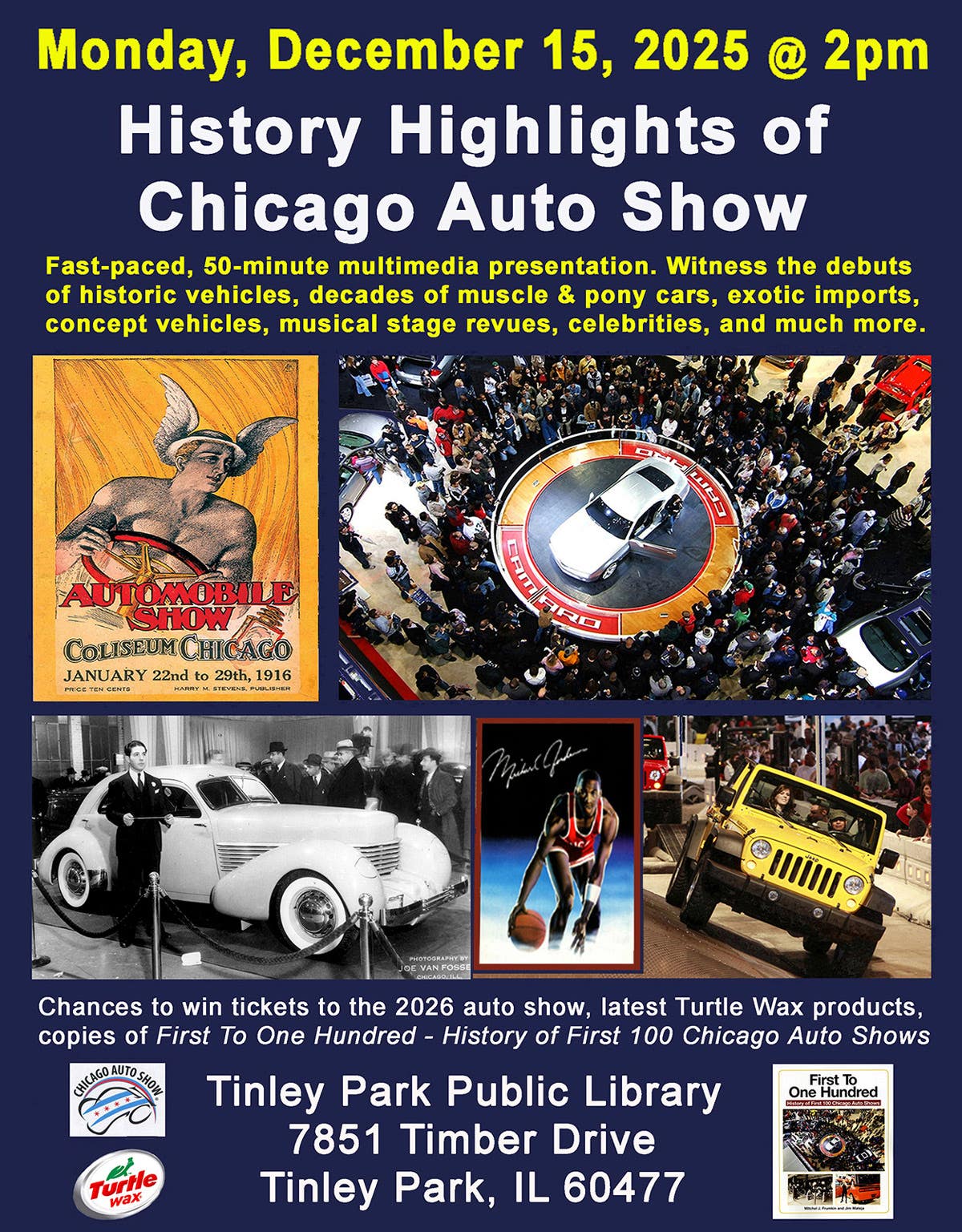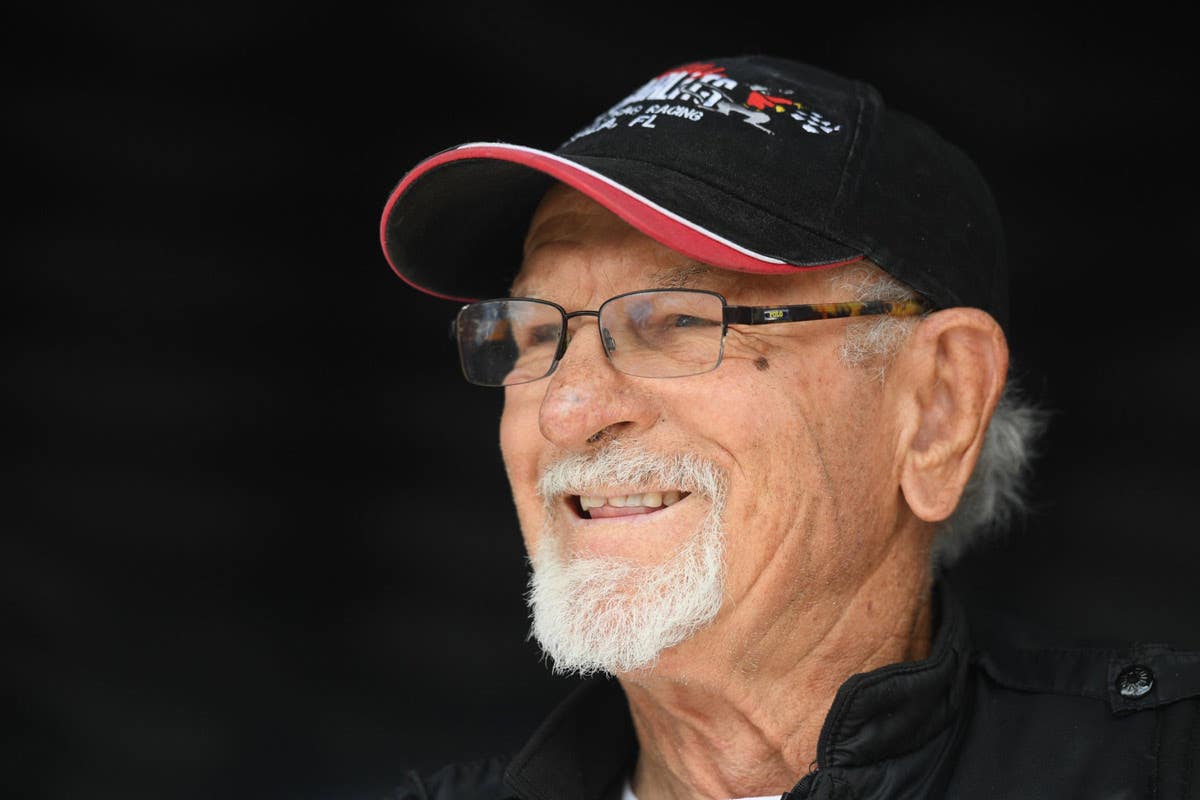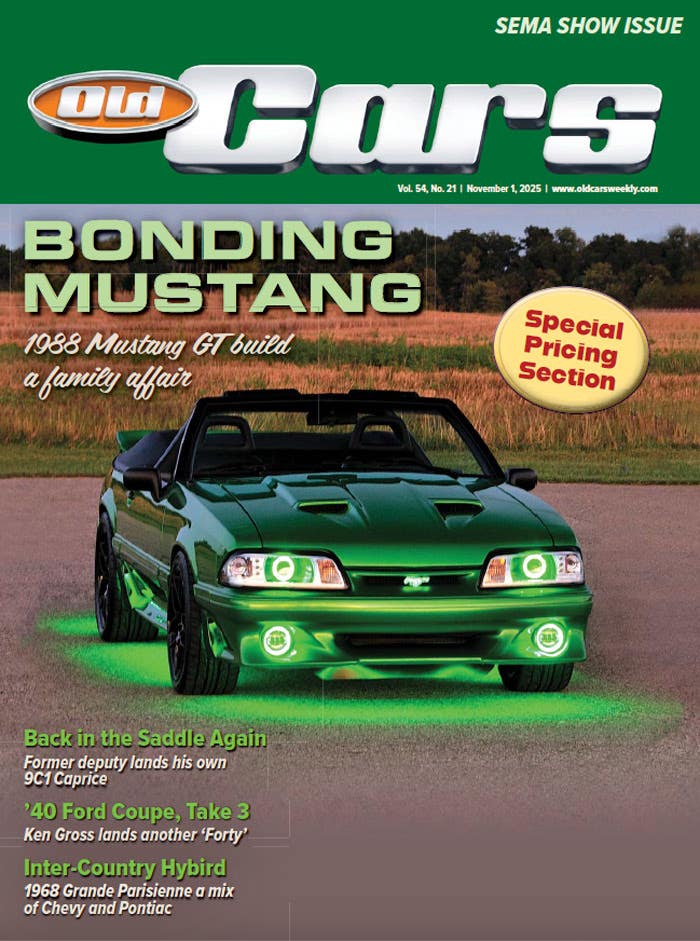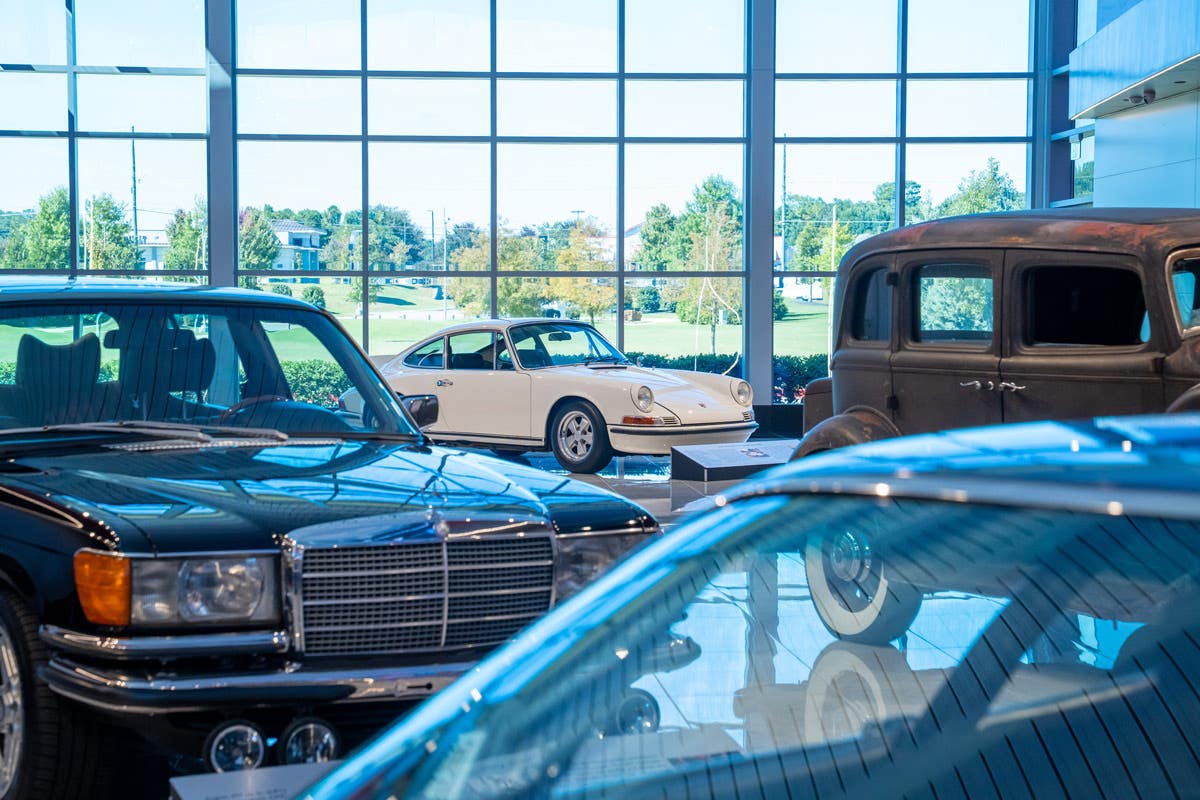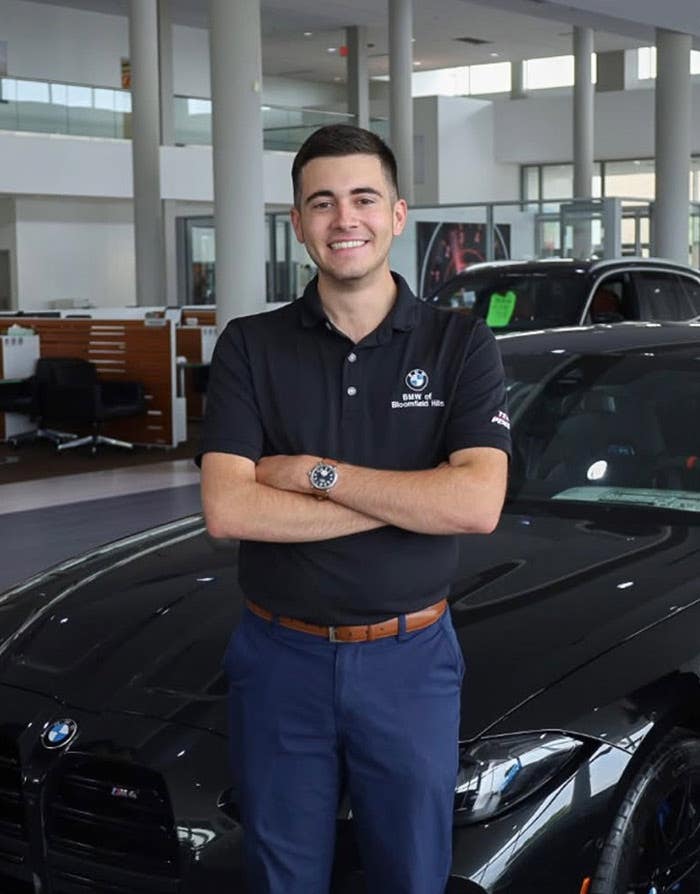Our "Motor City Milestone" this month is perhaps only half qualified for the title, because it was not entirely built in the United States. The Nash-Healey automobile was a unique British-American hybrid built from 1951 through 1954. It is a significant American car, because it was the first genuine sports car conceived and marketed by a main-line American car builder in response to the growing popularity of European sports cars in the United States following World War II.
This Nash-Healey coupe is believed to be the second version built for 1954, although sources differ. The other version had a rear "C" pillar slanted the other way and a one piece rear window. The car shown here has a three-piece rear window.
Led by the MG TC and glamorized by the stunning Jaguar XK-120, British sports cars were stealing the hearts of American car enthusiasts. At first, Detroit tried to dismiss the threat, saying that Americans would never accept the firm ride of most sports cars or give up having room for six passengers. By 1955, Chevrolet introduced the Corvette, Ford was building the two-passenger Thunderbird and Kaiser was making the Darrin KF-161 two-passenger sports car. But the Nash-Healey was first to the market by two years.
The story begins when George Mason, the far-sighted CEO of Nash-Kelvinator, met Donald Healey, the British sports car builder, on a Trans-Atlantic crossing aboard the liner Queen Elizabeth. Mason wanted to jazz up the Nash car line, which he felt had a stodgy reputation. Before the liner docked in New York, Mason and Healey had conceived the Nash-Healey sports car to put some spice in the Nash car line.
The first Nash-Healeys were built in 1951 using a chassis and suspension designed and built by Healey and an English body. Healey had been looking for a big American car engine to power his cars and hoped to buy a modern U.S. overhead-valve V-8. Nash didn't have a V-8 yet, but it did have a robust inline six with overhead valves and seven main bearings used in the top-line Nash Ambassador. One of these cars had just placed third in the Mexican road race the year before, so using this engine in a sports car did not seem far fetched. In this first Nash-Healey sports car, the engine displaced 235 cubic inches and developed 125 bhp. It was specially equipped with a higher-compression cylinder head and dual SU side-draft carburetors. Nash supplied the engines, three-speed-plus overdrive transmissions and the rest of the drive train. Nash also built the excellent Weather-Eye heater and other components.
Italian designer Pinin Farina (standing) designed a new Nash-Healey for 1952. CEO
The response to this first model was encouraging enough to inspire Nash to hire famed Italian designer Pinin Farina to design a new Nash-Healey for 1952. Farina was already working for Nash on the 1952 Nash Ambassador and Statesman passenger cars. This new Nash-Healey body design was Nash's own and owed nothing to the previous British body design. The new car was lower with a one-piece curved glass windshield. The headlights were set in the grille, predicting the 1955 Nashes. The bumpers were large and sturdy, a very American feature at the time. There was a leather bench seat with a floor-mounted gear shift. Wheelbase was 102 inches, and overall length 170 inches. The chassis was built by Healey and used Healey's excellent trailing-arm front suspension and a Nash-based coil spring rear. The result was both good handling and a comfortable ride.
The construction process, however, was complex. First, Nash shipped the engine, drivetrain and other components to England where Healey installed them in the chassis. Then, the completed chassis was shipped to Italy where Farina built and installed his newly designed body. The result was slow and limited production, and a high price. The 1951 English-bodied car had a price of $4,063, while the new 1952 Farina-bodied Nash-Healey went up to $5,868. This was in Cadillac territory and scared buyers away.
Midyear, engine displacement was increased to 252 cid and brake horsepower went up to 140 units. Performance benefitted, and the car could now comfortably exceed 100 mph and accelerate briskly. In 1953, a coupe version was added, riding on a longer 108-inch wheelbase with 10 inches greater length. For 1954, the coupe roof line was redesigned, and prices were dropped somewhat. The last Nash-Healey was built in August 1954.
The principle purpose of the Nash-Healey was to draw attention to Nash cars and build some excitement in Nash showrooms. Nash no doubt knew that the complicated construction process and high prices would never allow volume production or generate high sales. Over the four-year production span, a total of 506 Nash-Healeys were built. They achieved the company's objective at the time, and the cars still look attractive today.
Build quality of the Farina bodies equaled the best of custom coachwork at the time. And the rugged Ambassador engine rang up an amazing competition record on the Healey chassis. Specially bodied Nash-Healeys placed ninth in the 1950 Mille Miglia road race and fourth at Le Mans the same year. At Le Mans in 1951, a Nash-Healey placed third in class and sixth overall, and in 1952, had its best finish yet: third overall. This was an astounding performance for a 20-year-old, everyday-American-sedan-engine design running against the newest and most sophisticated European designs, and some of the newest American overhead-valve V-8 engines.



